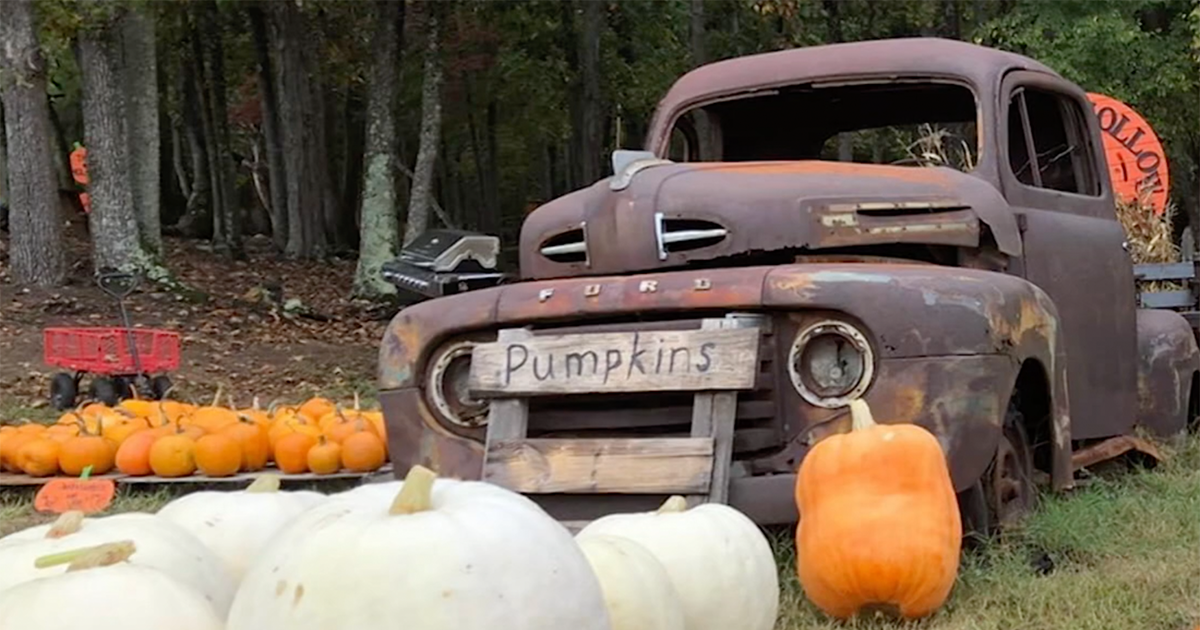Cave Spring, GA
Here in Northwest Georgia, this centuries old farm has been transformed into a picturesque agricultural landscape. The farm, which has been in the same family for several decades, is now in the hands of Kaye and Kent Dyer, who have made it into a beautiful wedding venue and engaging agritourism destination, one that offers several fun activities like a zipline, a petting barn, and perhaps their biggest attraction – they’re pumpkin patch.
“I don’t think we really had an idea as to what we were getting into or how much work it was really going to be at our age. But it is been very rewarding and enjoyable. We visited pumpkin patches and when my grandchildren would leave I would ask them what was their favorite activity? So those were activities that we decided to include in our pumpkin patch when we opened,” says Kaye Angel-Dyer.
After doing researching and brainstorming ideas, they decided to plant their first, small patch of pumpkins six years ago, and since have expanded their patch to five acres and now grow twenty-five varieties of pumpkins.
“It was important for us to have pumpkins grown here on the farm. We do have to supplement by buying a few pumpkins and as the business increases and growth, that tends to happen a little bit more. As it increases too, we’re also increasing our number of acres that we plant. This year we have about five acres of planted pumpkins. We originally started with about a two-acre field and are up to about five acres now. We probably really need to double that size and will over the next few years,” says Kent Dyer.
However, as Kent explains, growing pumpkins is no easy task, as the Georgia heat has caused a plethora of issues for them this season, which between the weather and issues with deer, has caused them to lose a significant part of their crop, but are still happy about opening up the patch to the public this Fall.
“The weather has really hurt us this year because of so many days of heat index above one hundred and ten heat index and high temperatures approaching one hundred degrees. The pumpkins do not do well in temperatures that excessive. Neither do they do well when we have a lot of rain. So the dry year this year helped us in some ways but hurt us because it’s been excessive heat. So, no matter what type of pumpkin we planted during this time season, we’re not going to have a good crop. We’re probably at about a maybe a forty percent crop this year,” says Kent.
By: John Holcomb

